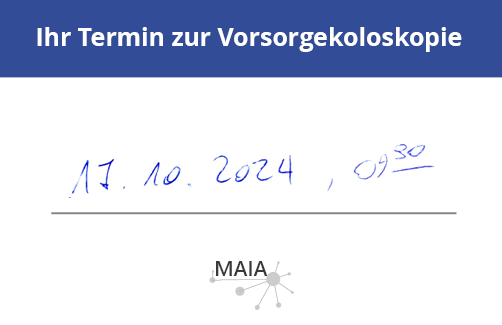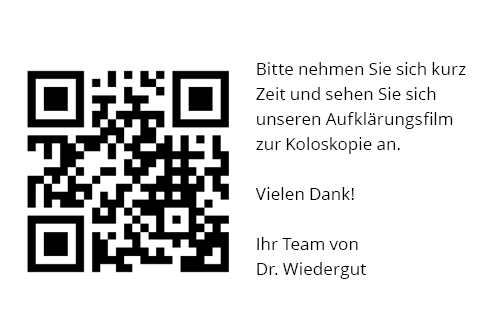Visual representations of medical procedures and treatments significantly increase patient compliance. Patients perform approximately 24 % better on knowledge tests when educated using audiovisual media instead of paper materials (AniMedical KG, study conducted with older urological patients, 2013). Thus, 3D animations and visualizations serve as valuable and modern components of effective patient education and communication.
To ensure that films and digital educational media have a lasting impact and add value to patient communication, it is essential to evaluate their application areas and routines for best practices. A combination of informational offerings, local access points, proactive outreach via email or text messages, and personal communication can maximize the efficacy of digital patient education.
Channels for patient education using digital media:
- Websites of doctors and hospitals or information platforms
- Distributions via links (email or text message)
- Screens in waiting rooms
- Posters, displays, or business cards (usually featuring links as QR codes)
- Integration within advanced digital solutions for informed consent- ideally connected to HIS or practice management systems
Educational videos for websites
Integrating videos into websites is perhaps the simplest way to convey educational content. Taking the initiative to research medical topics using search engines is a trend not only among younger individuals but also among older age groups (> 75). It is understandable that websites of doctors are increasingly frequented as an information channel for educational content and specialized medical information, as doctors are seen as a highly trustworthy group (thus, the content is perceived to carry significant credibility). Digital educational content and channels are also being established in hospitals and clinics to better prepare patients for treatments. However, there is still a need for improvement regarding multilingual options. This issue is highly relevant in almost all urban areas within primary care.
Minimal maintenance required: iFrames
Integrating a video into a website using an iFrame requires minimal maintenance, as it technically displays content from another source on your own site. One advantage is that updates are automatically applied, eliminating the need for doctors or service providers to manually implement changes.
Patient videos can be easily integrated into any website using iFrames (here, a film about ureter stone removal for urology). This approach is particularly beneficial for common and standardized procedures, such as preventive colonoscopies, cataract surgeries, or anesthesia, where patient films can provide valuable information.
Consider your audience: keeping older patients in mind
A common issue with websites is that information is often positioned in inconvenient places. Nested structures and unclear layouts, which are unfortunately common on many sites, may overwhelm patients, especially older ones. Therefore, it is useful to focus on the typical visitors to the practice and ask for brief feedback on the accessibility of the information. Typically, speaking to 2-5 individuals is sufficient to gain a clear understanding of usability, allowing for improvements in linking or user-friendly design on the website.
Digital and on-site: displays, posters and screens in waiting areas
Direct messaging
Communication with patients often occurs through emails or phone calls (e.g., text messages). Unfortunately, these channels are frequently underutilized in their potential. Unlike websites or pure information channels, the immediate relevance of direct communications is undeniable. For example, sending patients a link to an informational video alongside their appointment confirmation for a preventive gastroscopy is a simple yet effective way to provide targeted digital patient information (corresponding email templates or text message- formats can be created in just a few minutes).

Personal communication
A friendly and attentive reception is one of the most valuable resources for medical facilities, and having the right staff is priceless. In terms of digital patient education or content, it can be beneficial to provide patients with something 'physical‘ upon their arrival. For instance, cards with the appointment date and a brief text containing a link or QR code directing them to digital educational resources have proven effective. Engaging patients directly about digital educational materials increases the success rate.


Business cards with appointment reminders and a QR code linking to a patient video are an effective way to draw patients' attention to digital educational content.

